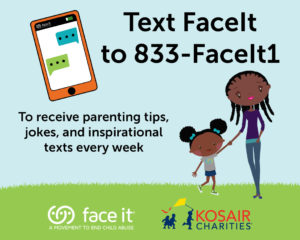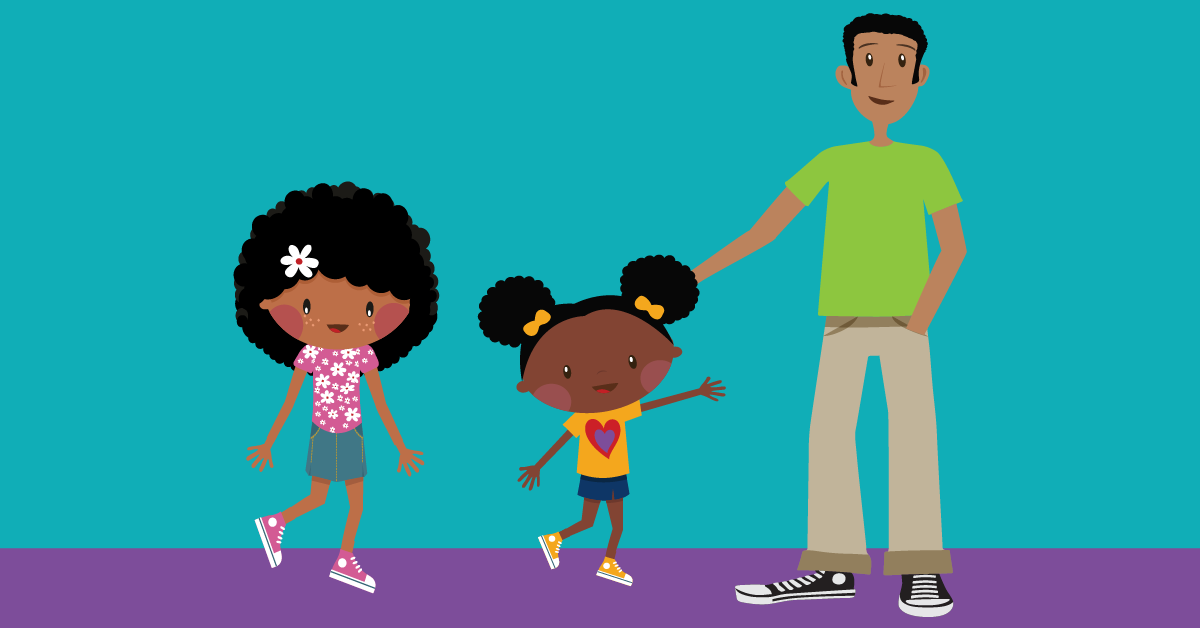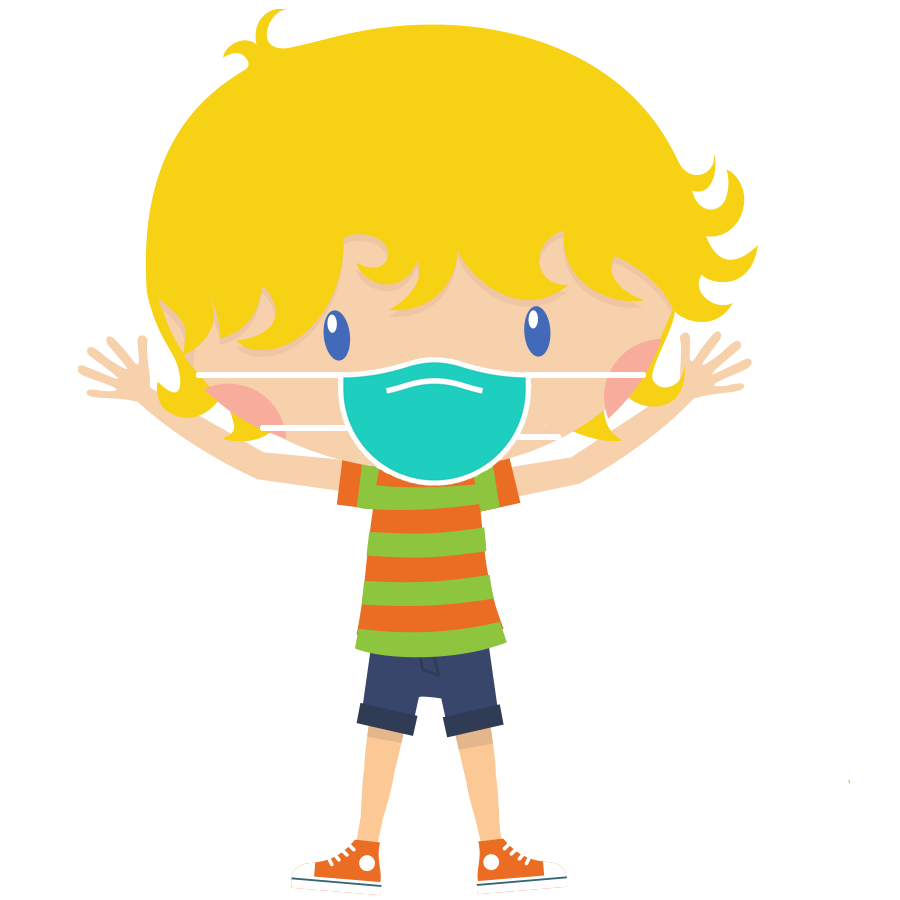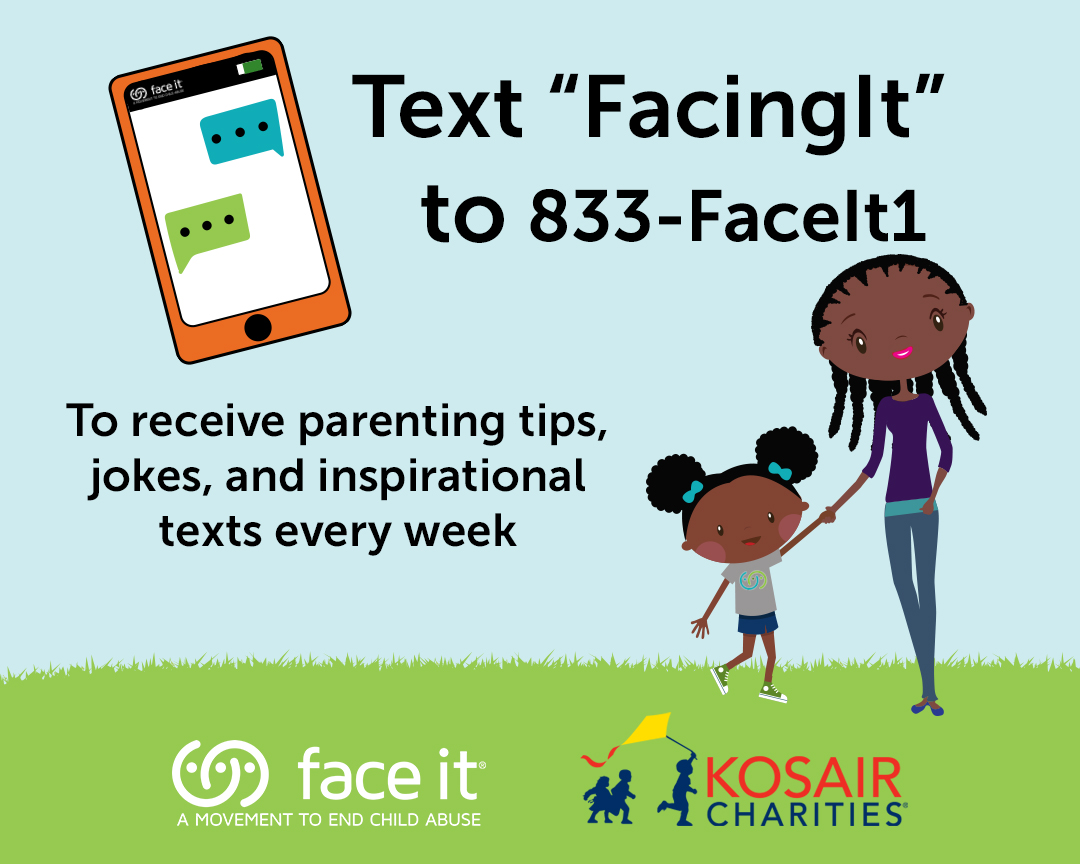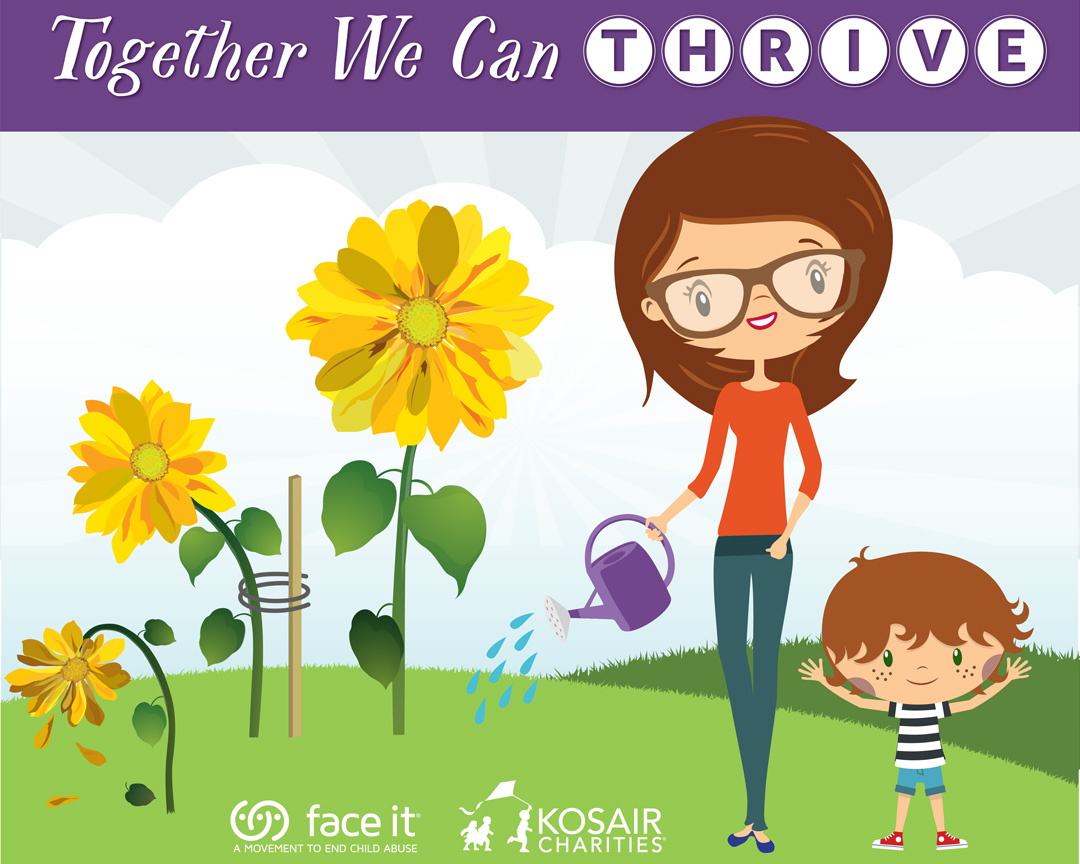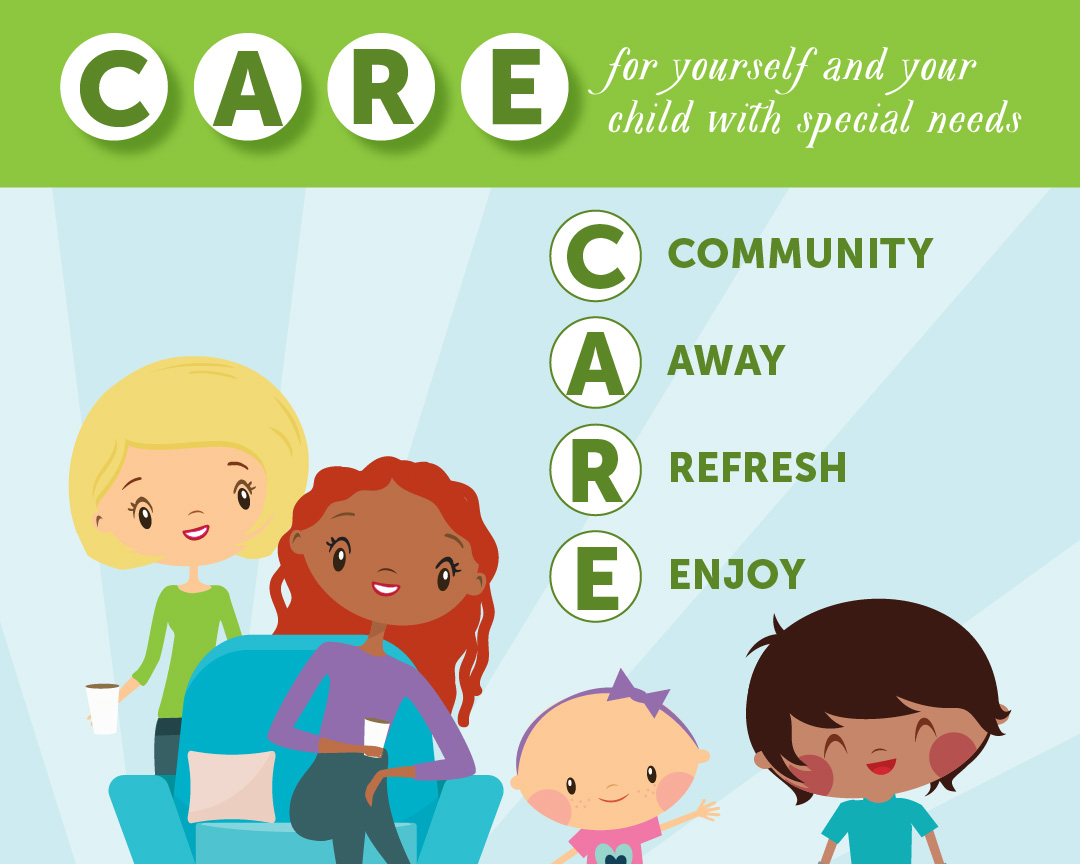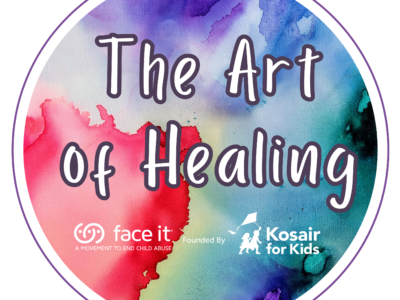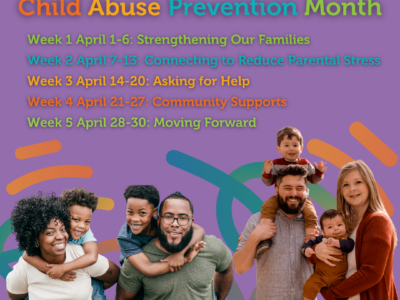1. Show and tell. Teach children right from wrong with calm words and actions. Model behaviors you would like to see in your children and teens.
2. Set limits and give consequences. Have clear and consistent rules your children and teens can follow. Be sure to explain these rules in age-appropriate terms they can understand. Calmly and firmly explain the consequences if they don’t behave. For example, tell your child that if she does not pick up her toys or if he does not close the video games, you will take them away for the rest of the day. Be prepared to follow through right away and, remember, never take away something your child truly needs, such as a meal.
3. Hear them out. Listening is important. Let your child or teen finish their story before helping solve the problem. Watch for times when misbehavior has a pattern, like if your child is feeling jealous or your teen is feeling misunderstood. Talk with your child about this rather than just giving consequences.
4. Give them your attention and catch them being good. The most powerful tool for effective discipline is attention—to reinforce good behaviors and discourage others. Remember, all children want their parent’s attention. Children need to know when they do something bad—and when they do something good. Notice good behavior and point it out, praising success and good tries. Be specific (for example, “Wow, you did a good job putting your dishes in the dishwasher!”).
5. Know when not to respond. As long as your child or teen isn’t doing something dangerous and gets plenty of attention for good behavior, ignoring bad behavior can be an effective way of stopping it. Ignoring bad behavior can also teach children natural consequences of their actions. For example, if your child keeps dropping her cookies on purpose, she will soon have no more cookies left to eat. If he throws and breaks his toy, he will not be able to play with it. It will not be long before they learn not to drop the cookies and to play carefully with toys.
6. Be prepared for trouble and redirect bad behavior. Plan ahead for situations when your child might have trouble behaving. Prepare them for upcoming activities and how you want them to behave. Sometimes children misbehave because they are bored or don’t know any better. Find something else for your child to do.
7. Call a time-out. A time-out can be especially useful when a specific rule is broken. This discipline tool works best by warning children they will get a time out if they don’t stop, reminding them what they did wrong in as few words―and with as little emotion―as possible, and removing them from the situation for a pre-set length of time (1 minute per year of age is a good rule of thumb). For your teen, you might point out that she is upset and needs some time to gather herself. Suggest 15 or 20 minutes of time to calm down so the 2 of you can resume a more constructive conversation.
8. Make chores a family activity. With more time spent at home, every family member can pitch in for household chores. A few tips: make it fun, show appreciation, and remind them that when you all work together you create more time for the things they enjoy.
9. Take a break and set up educational screen time. Try out different activities like KET’s Learn from Home, this list of virtual tours of museums, zoos, and national parks, and yoga, mindfulness, and relaxation online videos that are designed specially for kids of all ages.
10. Get outside. You and your family can enjoy the outdoors safely while practicing physical distancing. Whether you can get outside by yourself or with your kids, take a walk, play tag, take a breath, and clear your head.
